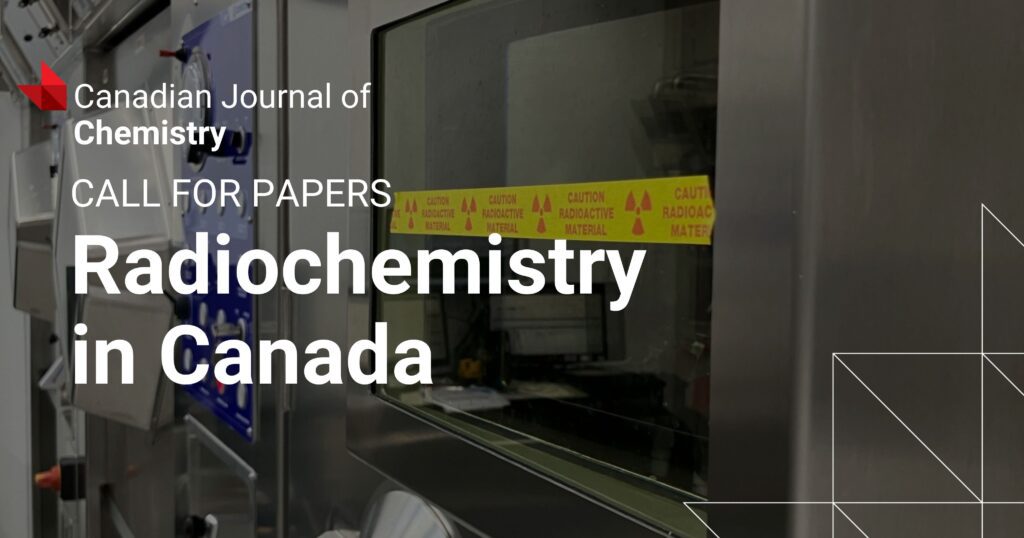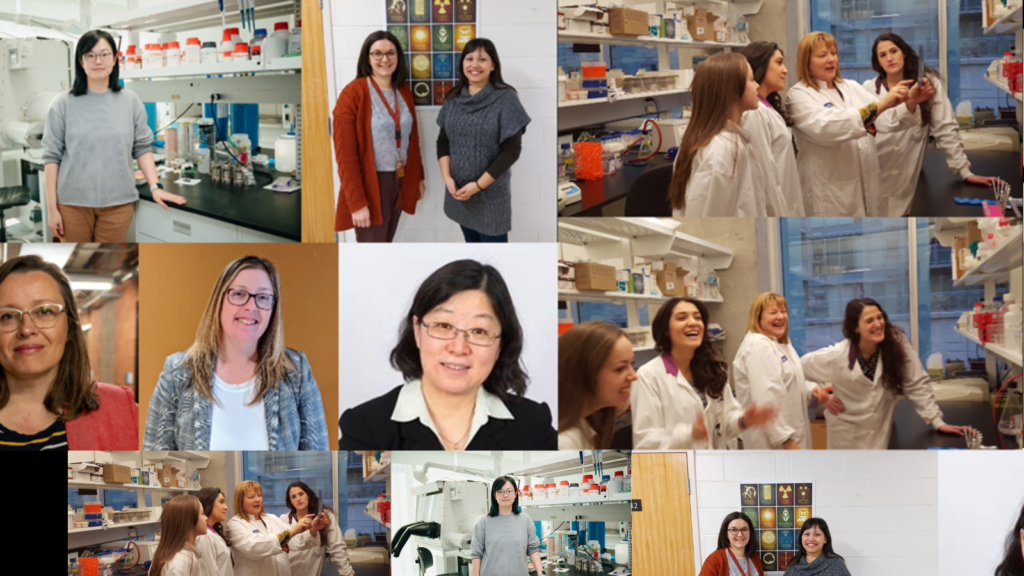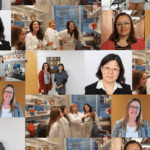Picture a Swiss Army knife—a compact, precise, and versatile tool. Now, imagine a molecule that embodies that same adaptability, a molecular multitasker that, with a few tweaks, can carry out a huge range of functions. Among many such molecular heroes of biology and chemistry are pyrroles, and they’ve been quietly shaping life for billions of years.
At their simplest, pyrroles are small molecules made of four carbon atoms and one nitrogen atom arranged to form a ring. Naturally occurring pyrroles are essential to life; they’re found in the structures that make up hemoglobin, which carries oxygen in our blood, and chlorophyll, which helps plants absorb sunlight for photosynthesis. Some pyrrole-based compounds, like prodigiosenes, have antimicrobial and anticancer effects.
Pyrrole rings can also be chemically linked together, forming a chain called a polypyrrole. The bonds between the pyrrole units allow electrons to move freely, which gives polypyrroles interesting electrical and optical properties. Remarkably chemically stable and often brightly coloured, polypyrroles can be tuned to respond to stimuli, making them versatile tools for advanced materials and chemical or optical sensors. Vibrant and powerful, polypyrroles are molecular multitaskers.
What if we could design our own custom molecular tools, perfectly suited to tackle the problems we care about most?
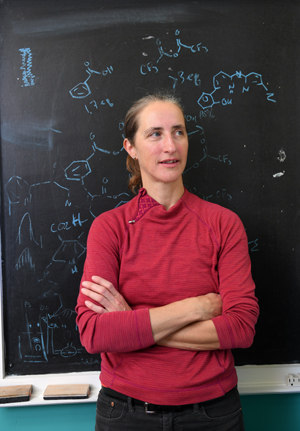 Despite their vast potential, synthetic pyrroles and polypyrroles remain underexplored. Nature has refined their use over billions of years of evolution, and replicating that precision in the lab is no small feat. Dr. Alison Thompson, a synthetic chemist, is tackling this challenge head-on. A professor of chemistry at Dalhousie University and the Canada Research Chair in Pyrrole Chemistry for Chemical Biology and Energy, Dr. Thompson has built an internationally recognized research program around these molecules. Her work spans the development of new medicinally relevant chemical frameworks, the creation of glowing fluorescent probes for imaging, and the invention of more efficient chemical reactions that could lead to new pyrrole-containing molecular frameworks useful to drug development and materials science. As she puts it, “Nature harnesses these molecules with aplomb, yet human chemists still have much to learn.”
Despite their vast potential, synthetic pyrroles and polypyrroles remain underexplored. Nature has refined their use over billions of years of evolution, and replicating that precision in the lab is no small feat. Dr. Alison Thompson, a synthetic chemist, is tackling this challenge head-on. A professor of chemistry at Dalhousie University and the Canada Research Chair in Pyrrole Chemistry for Chemical Biology and Energy, Dr. Thompson has built an internationally recognized research program around these molecules. Her work spans the development of new medicinally relevant chemical frameworks, the creation of glowing fluorescent probes for imaging, and the invention of more efficient chemical reactions that could lead to new pyrrole-containing molecular frameworks useful to drug development and materials science. As she puts it, “Nature harnesses these molecules with aplomb, yet human chemists still have much to learn.”
Some of her team’s most exciting achievements have been advancements to BODIPYs, fluorescent pyrrole-containing molecules that bind to a target and glow under certain wavelengths. These compounds are more than just visually striking—they’re powerful tools for visualizing biological processes and designing next-generation technologies. Dr. Thompson’s team has developed new synthetic methods to create novel BODIPY structures and designed Cl-BODIPYs, a new type of BODIPY that allows easier modifications. It’s advancements like these that underscore the impact of her work.
The Canadian Journal of Chemistry is proud to welcome Dr. Thompson as co-Editor-in-Chief. In this interview, we asked Dr. Thompson about her journey, her research, and her vision for the future of synthetic chemistry.

